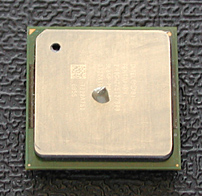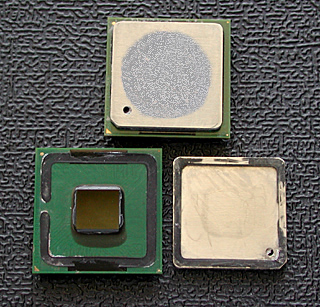Results and Conclusion:I measured temperature every other minute during a 3 day period for each compound. In the graph below you will see the daily averages with the CPU at 100% load. The “MaxD3” value is the maximum temperature reached on the 3rd day.

The only results that stand out are those from the Generic compound, all others perform almost identical under these "ideal" conditions.
ConclusionIf you are looking for the edge and you’re still using the generic goop, then you have to get yourself some special thermal compound, that much is clear. The deciding factor for your purchase will be the price and availability. Arctic Silver 5 takes the top spot for providing the best thermal conductivity, but is very closely followed by both Coolermaster Premium and the older Arctic Silver 3.
If you still have some AS3 lying around then you don't have to run out to get the latest, but if you are in need for some new compound then Arctic Silver 5 and Coolermaster Premium won't disappoint you.
The last deciding factor is the easiness of application, again Arctic Silver 5 is preferred, and ultimately becomes the ideal choice for the overclocking enthusiast.
I would like to thank
Arctic Silver, ANO Int and Loveno for helping us out with the thermal compounds in this roundup.


Comments/Questions:
click here
















